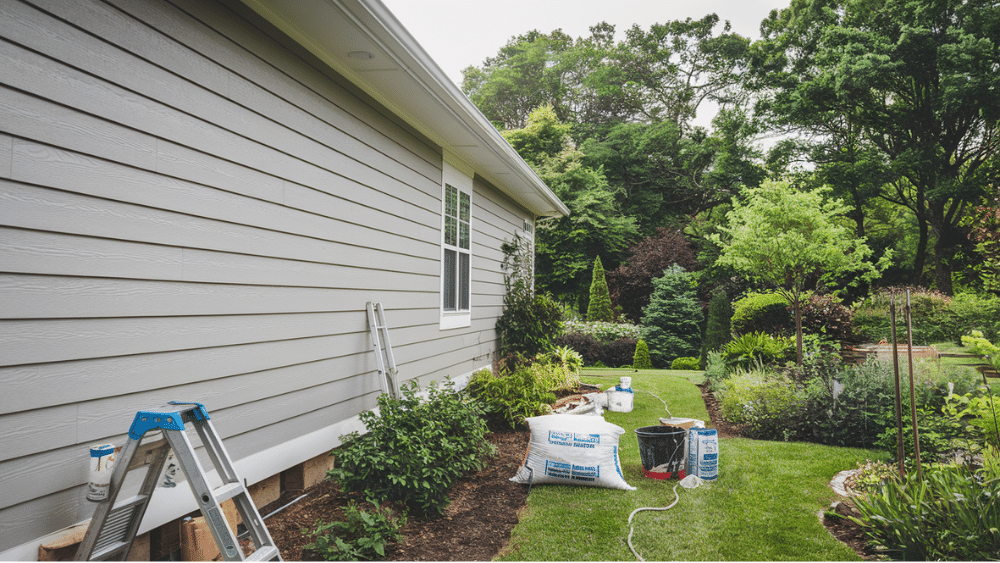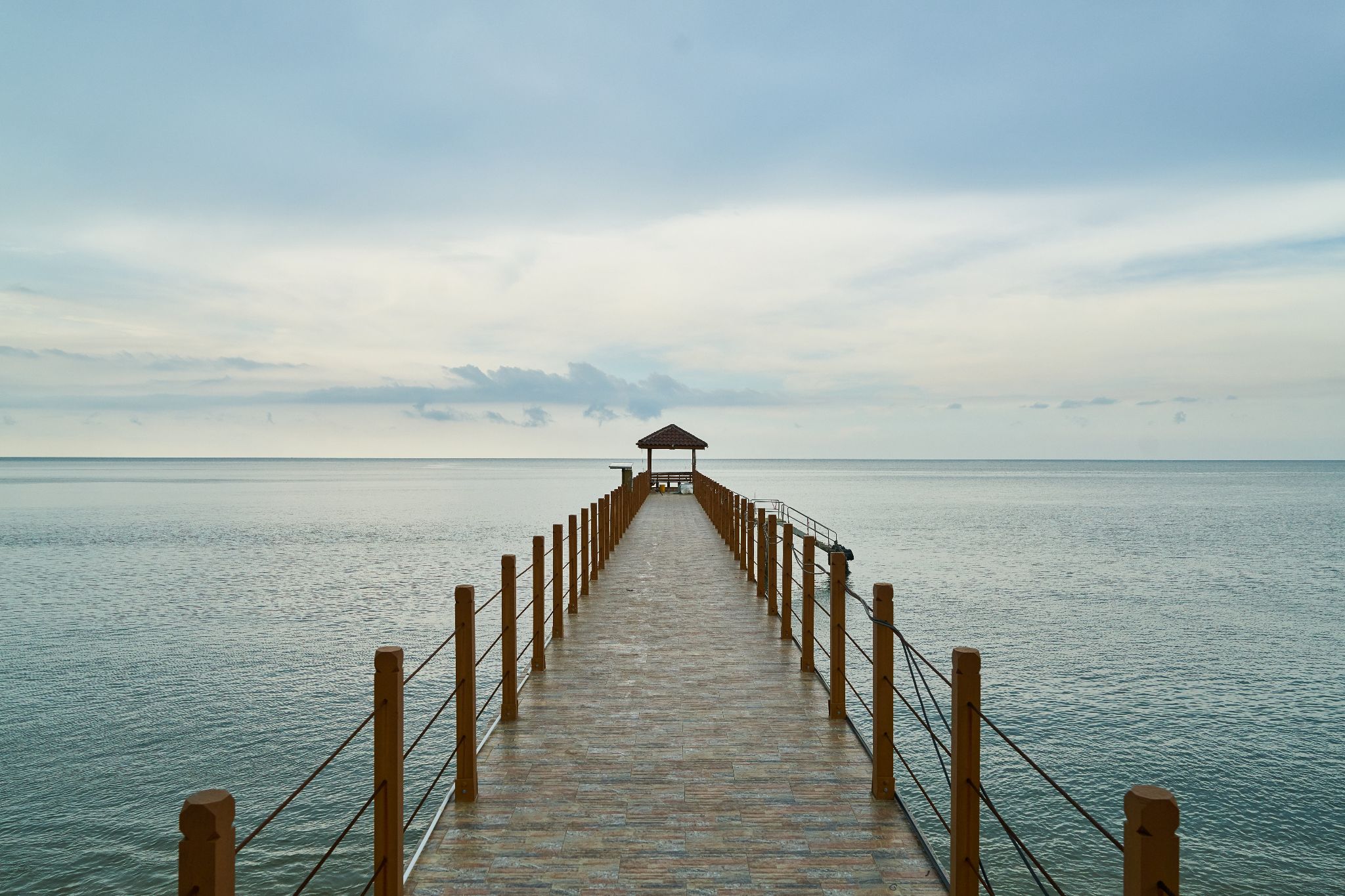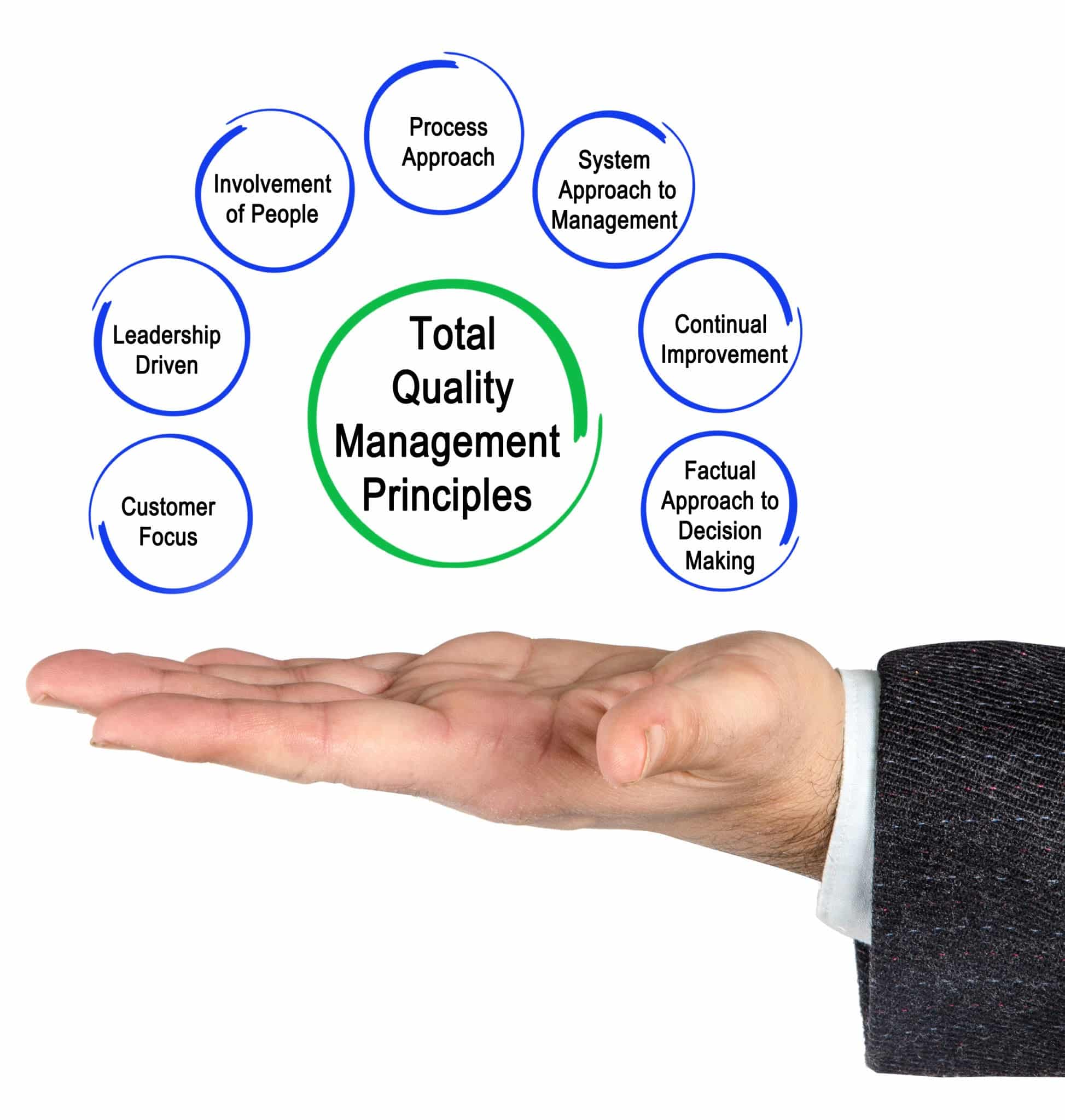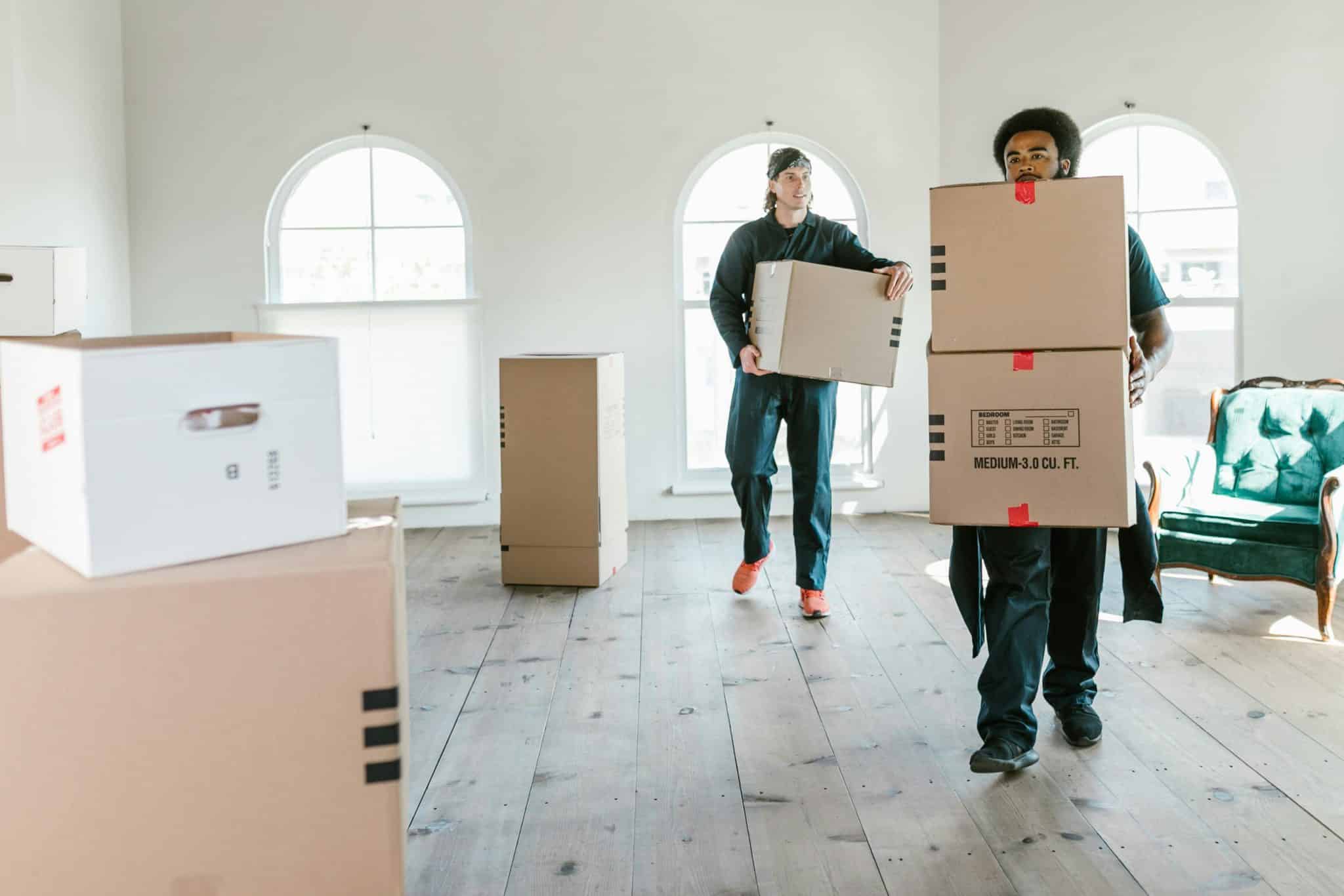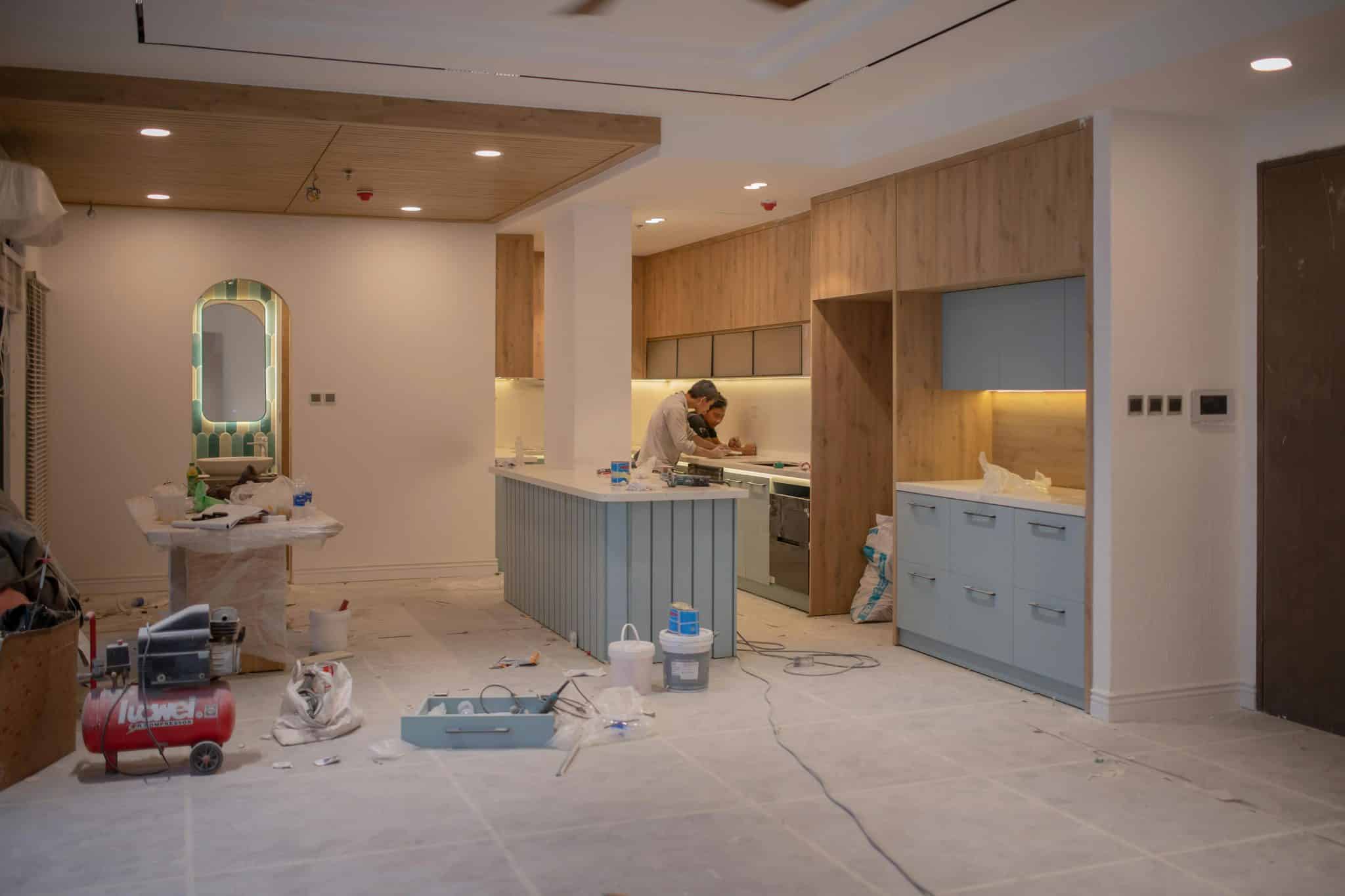Planning a home upgrade but worried about breaking the bank? New siding can completely change your home’s look and boost its value, but many homeowners put off this important project because they don’t know what to expect cost-wise.
You’re not alone in wondering about siding expenses. The price range varies widely based on materials, home size, and labor costs in your area. Without clear information, it’s hard to budget properly or make smart choices about your investment.
Getting accurate cost estimates doesn’t have to be complicated. This guide breaks down everything you need to know about siding costs, from budget-friendly vinyl options to premium materials like fiber cement and wood.
Keep reading to learn exactly what factors affect pricing and how to plan your siding project without any surprises along the way.
Average Cost of Siding Installation
Most homeowners spend between $8,400 and $25,200 to side a typical 2,500-square-foot home, with the national average cost around $16,000. Actual costs can vary widely—from as low as $6,900 to as high as $30,000 or more—depending on the materials you choose and the complexity of your project.
On average, siding installation costs $8 to $12 per square foot, which includes both materials and professional labor. Material selection has the biggest impact on your final price:
-
Vinyl siding: $3–$8 per square foot (installed)
-
Fiber cement: $7–$12 per square foot (installed)
-
Natural stone: $30–$48 per square foot (installed)
Your total cost will also depend on factors such as your home’s architectural design, the condition of any existing siding, and local labor rates. Homes with complex layouts, multiple stories, or intricate trim details typically cost more due to increased installation time and difficulty.
Factors Influencing Siding Costs
Several key factors determine your final siding installation bill, from material choices to local labor rates.
1. Material Type
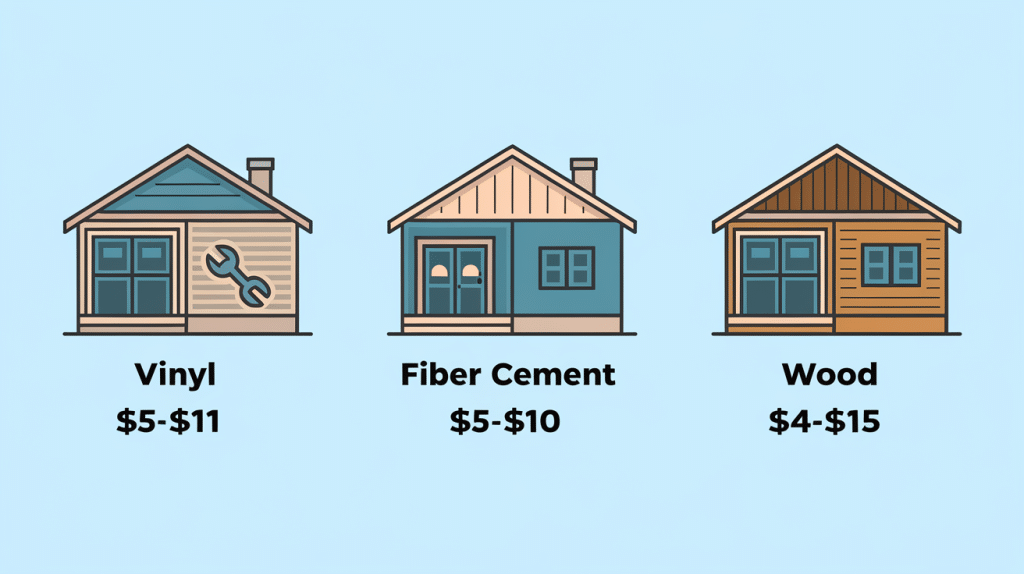
Your choice of siding material has the biggest impact on your project’s total cost. Each material offers different benefits, durability levels, and price points to fit various budgets. Understanding these options helps you make the right decision for your home and wallet.
- Vinyl siding costs $5-$11 per square foot and offers low maintenance with good durability
- Fiber cement ranges from $5-$10 per square foot and provides excellent weather resistance
- Wood siding varies widely from $4-$15 per square foot depending on the wood type and grade
Note: Premium materials like cedar or engineered wood cost more upfront but may offer better long-term value through increased home resale value.
2. Labor Costs
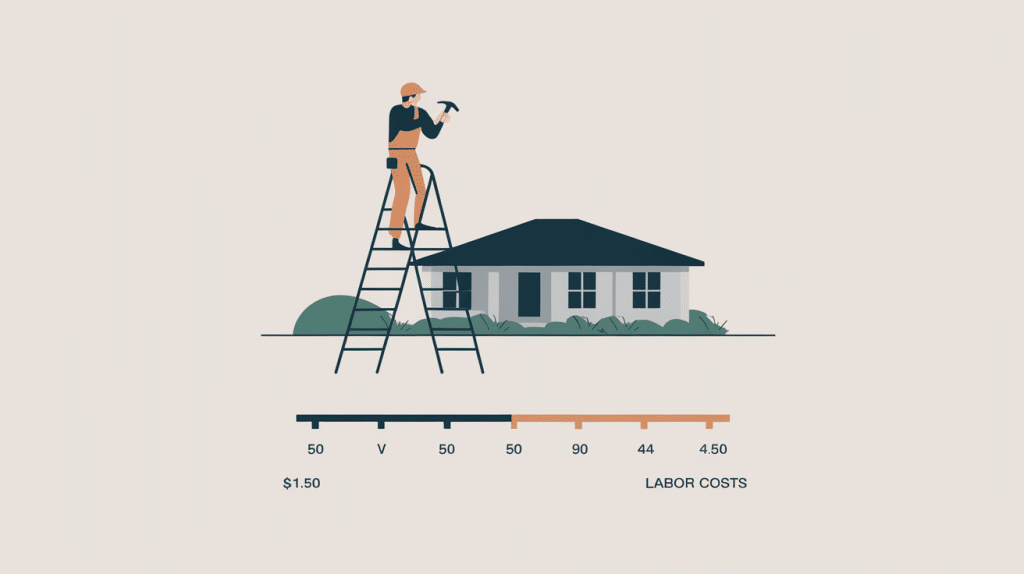
Professional installation typically adds $1.50-$4.50 per square foot to your total project cost. Labor rates vary significantly based on your geographic location and the complexity of your home’s design. Experienced contractors charge more but often provide better quality work and warranties.
- Simple ranch homes usually fall on the lower end of labor costs
- Multi-story homes require more time and safety equipment, increasing labor fees
- Homes with complex trim work or architectural details need specialized skills and more time
Note: Getting multiple quotes from licensed contractors helps you find competitive rates while ensuring quality workmanship.
3. Home Size & Complexity
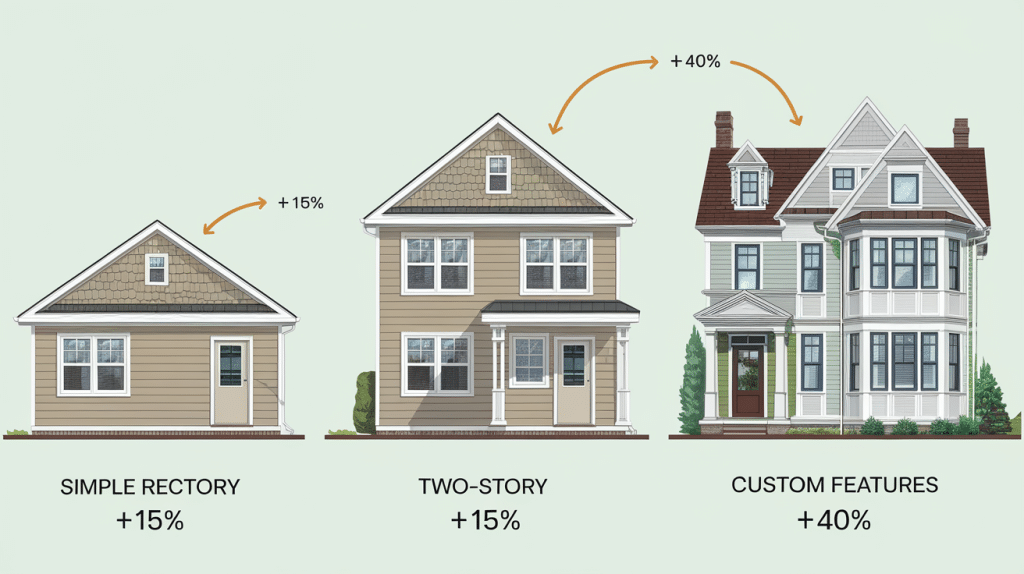
Larger homes naturally cost more due to increased square footage, but the per-square-foot rate may decrease with size. Multi-story homes require additional equipment and safety measures that drive up labor costs.
Complex architectural features like bay windows, dormers, or intricate trim work add both time and difficulty to the installation process.
- Single-story homes are typically the most cost-effective to side
- Two-story homes may cost 15-25% more due to equipment and safety requirements
- Homes with multiple angles or custom features can increase costs by 20-40%
Note: Simple, rectangular homes with minimal architectural details offer the best value for siding installation.
4. Old Siding Removal
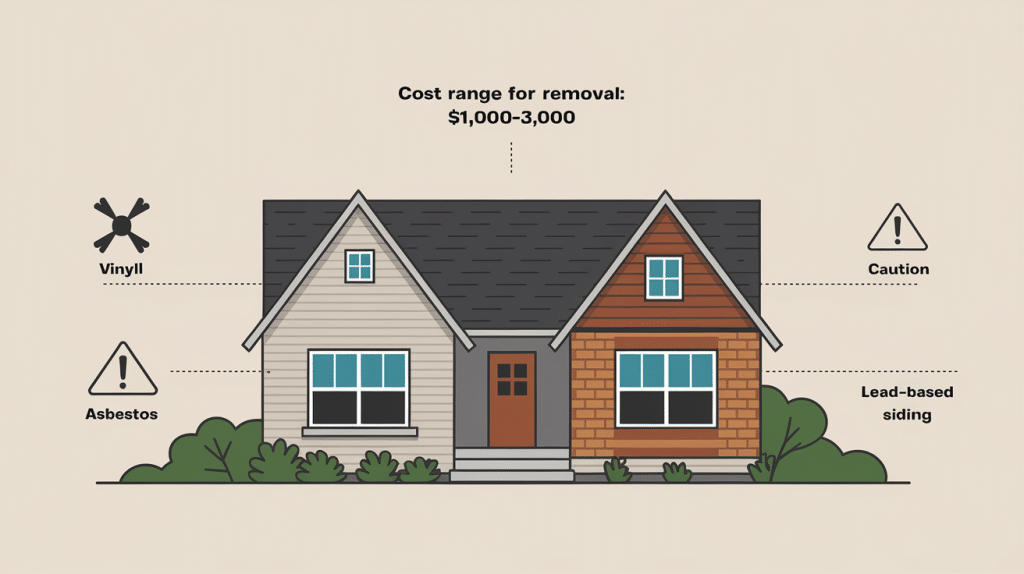
Removing existing siding adds $1,000-$3,000 to your project cost, depending on the material and home size. Some siding types, like asbestos or lead-based materials, require special handling and disposal methods. The condition of your current siding also affects removal difficulty and time required.
- Vinyl or aluminum removal is typically the least expensive and fastest
- Wood siding removal may reveal underlying issues that need repair
- Brick or stone removal requires more labor and specialized tools
Note: Some contractors include removal costs in their overall quote, while others charge separately, so always clarify this upfront.
5. Permits & Inspections
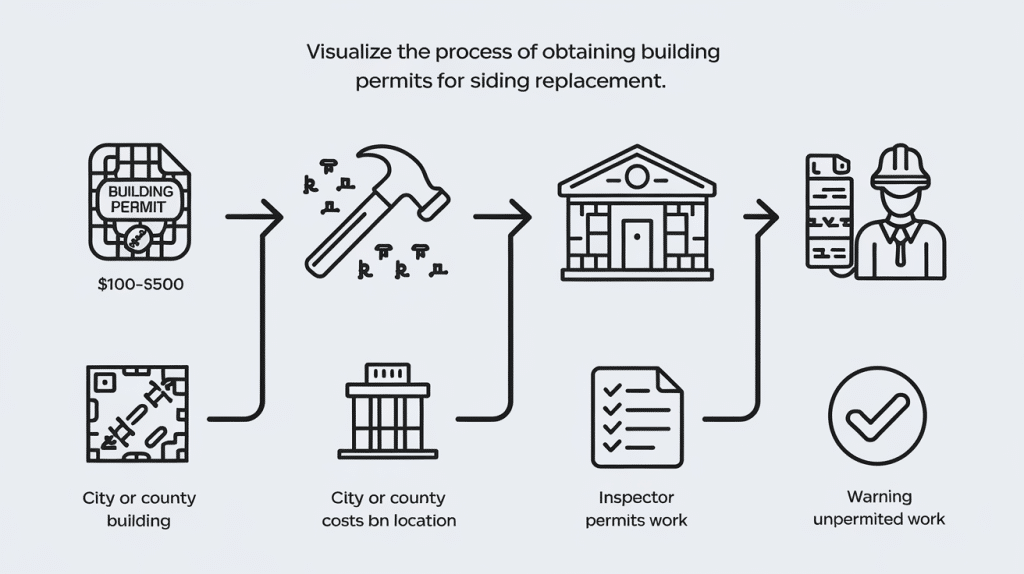
Most areas require building permits for siding replacement, with costs varying by locality from $100-$500 or more. These permits ensure your project meets local building codes and safety standards. Some areas also require inspections during or after installation to verify proper completion.
- Permit costs vary widely based on your city and county requirements
- Inspection fees may be separate from the initial permit cost
- Code compliance protects your investment and ensures insurance coverage
Note: Never skip permits to save money, as unpermitted work can cause problems when selling your home or filing insurance claims.
DIY vs. Professional Installation
Choosing between doing the work yourself or hiring professionals affects both your budget and final results.
| Aspect | DIY Installation | Professional Installation |
|---|---|---|
| Cost | Save $1.50-$4.50 per sq. ft. on labor costs | Higher upfront investment but includes expertise |
| Time Required | 2-4 weeks for average homeowner on weekends | 3-7 days for complete installation |
| Quality & Warranty | No professional warranty, potential for mistakes | 5-15 year warranties on workmanship |
| Tools & Equipment | Must buy or rent specialized tools ($500-$1,500) | All professional tools and equipment included |
| Skill Level Needed | Requires construction experience and physical ability | No homeowner skills required |
| Insurance Coverage | Personal liability for accidents or damage | Licensed contractors carry insurance protection |
Key Considerations:
- DIY savings can range from $3,000-$11,000 on a typical home but require significant time investment
- Professional installation ensures proper weatherproofing and building code compliance
- Mistakes in DIY projects can lead to water damage, poor insulation, or costly repairs later
Our Recommendation: Most homeowners benefit from professional installation due to the technical skills required, safety concerns, and long-term warranty protection that comes with experienced contractors.
How to Save on Siding Costs?
Smart planning and strategic choices can significantly reduce your siding project expenses without compromising quality.
1. Schedule Off-Season Installation – Book your project during the fall or winter months when contractor demand is lower. Many companies offer 10-20% discounts during slower seasons to keep their crews busy.
2. Choose Mid-Range Materials Wisely – Select quality options like fiber cement or engineered wood that balance cost and durability. These materials cost $2-4 less per square foot than premium options while still providing excellent performance.
3. Get Multiple Contractor Quotes – Obtain at least three detailed estimates from licensed contractors to compare pricing, materials, and warranties. This helps you identify fair market rates and avoid overpriced bids.
4. Negotiate Package Deals – Ask contractors about bundling services like gutter replacement, trim work, or window caulking with your siding project. Combined projects often result in 5-15% overall savings compared to separate jobs.
5. Buy Materials During Sales – Purchase siding materials during manufacturer promotions or end-of-season clearances. Home improvement stores often offer 15-30% discounts on siding materials during spring and fall sales events.
Maximizing Home Value: The ROI of New Siding
New siding offers one of the best returns among home improvement projects, making it both a functional upgrade and a smart financial investment.
1. Vinyl Siding ROI
Vinyl siding provides excellent value for homeowners planning to sell their homes. According to industry data, homeowners typically recover about 77% of their vinyl siding investment when they sell their property.
This means if you spend $15,000 on vinyl siding, you can expect to recoup approximately $11,550 in increased home value.
The strong ROI comes from vinyl’s broad appeal to buyers who appreciate low maintenance requirements and updated curb appeal. Most real estate agents report that homes with new vinyl siding sell faster than those with outdated or damaged exterior materials.
2. Other Material ROI Considerations
Higher-end siding materials like fiber cement, wood, or stone veneer may offer lower percentage returns but can increase your home’s overall market value significantly.
These premium materials typically recover 60-70% of their cost but attract buyers willing to pay more for quality construction.
Factors affecting ROI include:
- Local market conditions and buyer preferences in your area
- Quality of installation and overall home condition
- Neighborhood standards and comparable home features
While premium materials may show lower ROI percentages, they often help your home sell in higher price brackets and appeal to buyers seeking move-in-ready properties with quality features.
Conclusion
Siding replacement represents one of the smartest home improvement decisions you can make. With proper planning and research, you can transform your home’s exterior while getting excellent value for your investment.
Remember the key factors that affect your budget: material choice, home size, labor costs, and project timing. Vinyl siding offers strong returns when you sell, while premium materials like fiber cement provide superior durability and appeal to quality-conscious buyers.
Ready to transform your home’s exterior? Start by getting quotes from three licensed contractors in your area. Compare their proposals carefully, considering both upfront expenses and long-term value.
Don’t wait until your current siding fails completely. Schedule your consultation today and take the first step toward boosting your home’s value and curb appeal.

